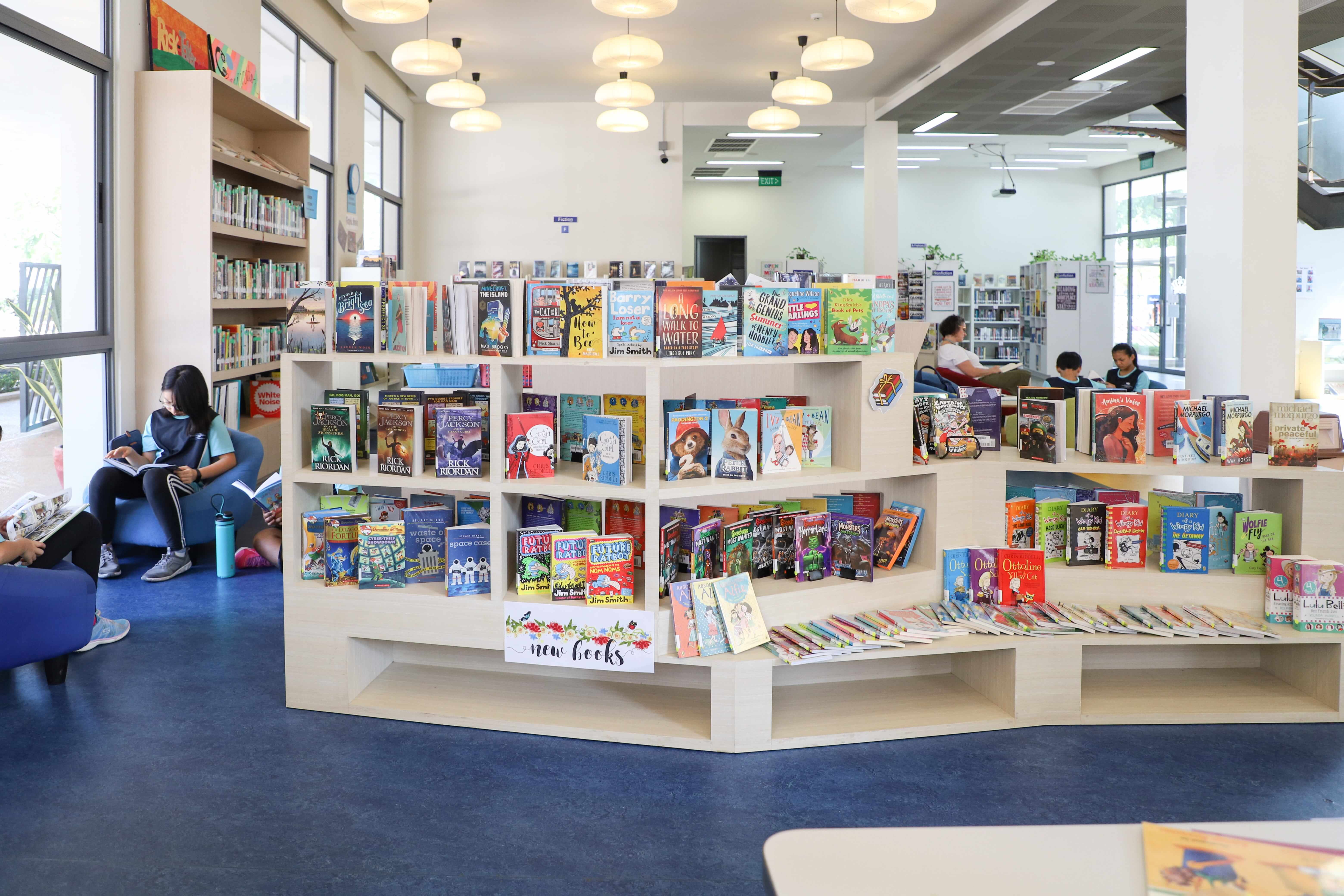We use cookies to improve your online experiences. To learn more and choose your cookies options, please refer to our cookie policy.
- Discover more
- Parent Essentials
- News
- Calendar
- Apply now
- Discover more
- Parent Essentials
- News
- Calendar
- Apply now

Reading is the basis of so much of our learning at Northbridge International School Cambodia, and is essential for success, both academically and in the wider world. We want to equip our children with the foundational skills to allow them to be able to learn in a transdisciplinary way.
Reading is so much more than being able to read words on a page - or decoding. To be able to comprehend what is written is the heart of reading - it is the very purpose for reading in the first place.
Comprehension relies on knowledge of the subject, which is why we encourage our learners to be balanced, knowledgeable and to be risk-takers so that they can bring their own experience and understanding of the world - their schema - to every new reading situation.
Reading is important for other areas of development, too. Click here to read about how reading aloud to your child makes them smarter and kinder.
How do we teach reading in school?
Reading is a fundamental part of our Literacy programme, and every child has the opportunity to read every day in school.
In the earlier years of a child’s school life, children experience our foundational reading opportunities. They enjoy being read aloud to from picture books, building familiarity with stories and other types of books.
From EL4 onwards, children learn to read (and write) through learning phonics. We follow the Letters and Sounds programme, which is a research-based synthetic phonics programme. Children learn that letter shapes make different sounds, and they learn to blend sounds together in order to read words. They also learn to recognise some high frequency and tricky words on sight.
As children become more proficient at decoding (reading) words, our children work more on developing their use of reading strategies. These include:
using pictures and other clues in the text to help to understand what is happening;
summarising the important parts of what they have read;
inferring information from what the author has written;
predicting what might happen later in the text;
making connections with their own lives or what they have read in other books;
visualising what is happening in the book in order to better understand it.

Types of reading you might see in our classrooms
There are several different types of reading that our students engage in at school. This is to maximise the impact of our reading teaching and to give our students sufficient time to practise applying reading strategies as they learn them, with feedback from their teacher.
We also strive to instil a love of books and reading in our students by offering such a variety of ways to read.
Read aloud
Every class in our primary school, from EL2 up to Grade 5, has time set aside for reading aloud to students. This is where the teacher models reading aloud with fluency and expression, and models reading strategies to students. Our students focus on listening to, comprehending and enjoying the books.
Shared reading
This is similar to a read-aloud, where the teacher models reading a text, but students can also join in with the reading. This is particularly used when texts have a rhyme or repeated refrains that children can predict and read along with: for example, in We’re Going on a Bear Hunt, the children may join in with the repeated refrain: “We can’t go over it. We can’t go under it. Oh no! We’ve got to go through it.”
Guided reading
This is where the teacher takes a small group of children who are able to read at a similar level and guides them through using reading strategies using a book that is at a level that is just challenging enough for the students.The teacher listens to each child in the group individually and coaches them on their use of reading skills and strategies.
Book clubs
A group of students read the same book and engage in student-led discussions around the text. This helps to develop a deeper understanding of books, and also helps children to develop a love of books and an understanding that real readers also like to discuss what they have read and what it made them think of, or how it changed their perspective on an issue.
Partner reading
Students read collaboratively with their reading partner. They take turns and offer feedback or ask questions to check comprehension. This can help our students to develop their oral reading fluency as well as enhancing their understanding of what they are reading.
Independent reading
Students read “just right” books alone with minimal assistance, applying the learning they have done in reading. The teacher confers with the students and reinforces their application of reading skills and strategies. This is where a lot of practice and consolidation of reading learning happens!

How can parents help at home?
Read aloud to your child from a very young age.
Tell stories orally.
Act out stories.
Read. Modelling reading yourself helps children to see good role models.
Take your child to our school library to borrow books.
Talk about what your child is reading.
Read Scholastic’s 6 Strategies to Improve Reading Comprehension for more ideas.
For further information on how your child is developing as a reader, you can speak to your child’s class teacher.
If you would like to know more about how you can read with your child at home, come along to our Parent Coffee Morning on Friday 13th September, where I will be going through some tips for parents.
Don’t forget, our Scholastic Book Club is a great opportunity for you to buy high-quality books for your child. Please see the leaflet that was sent home to Primary students last week.